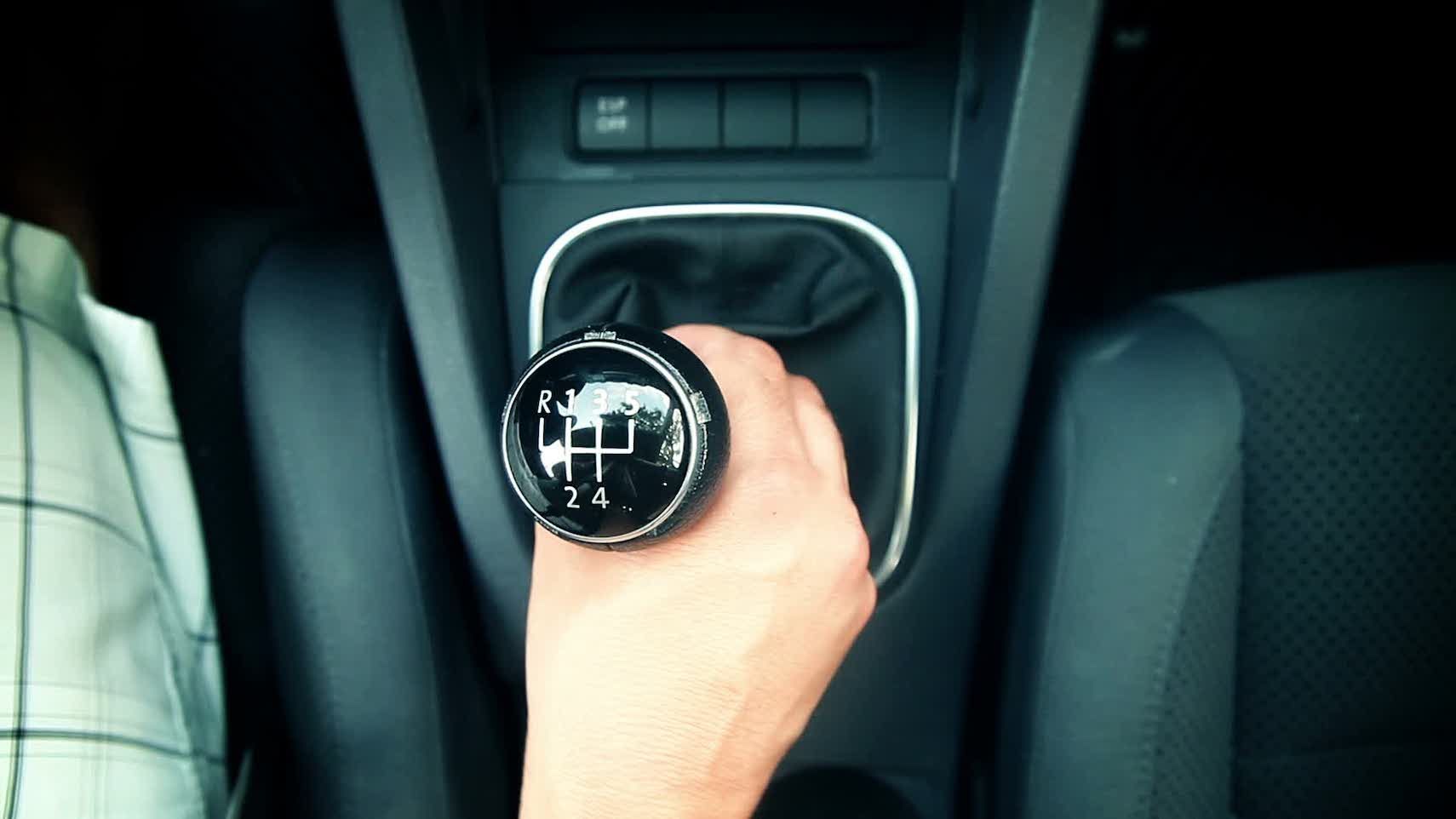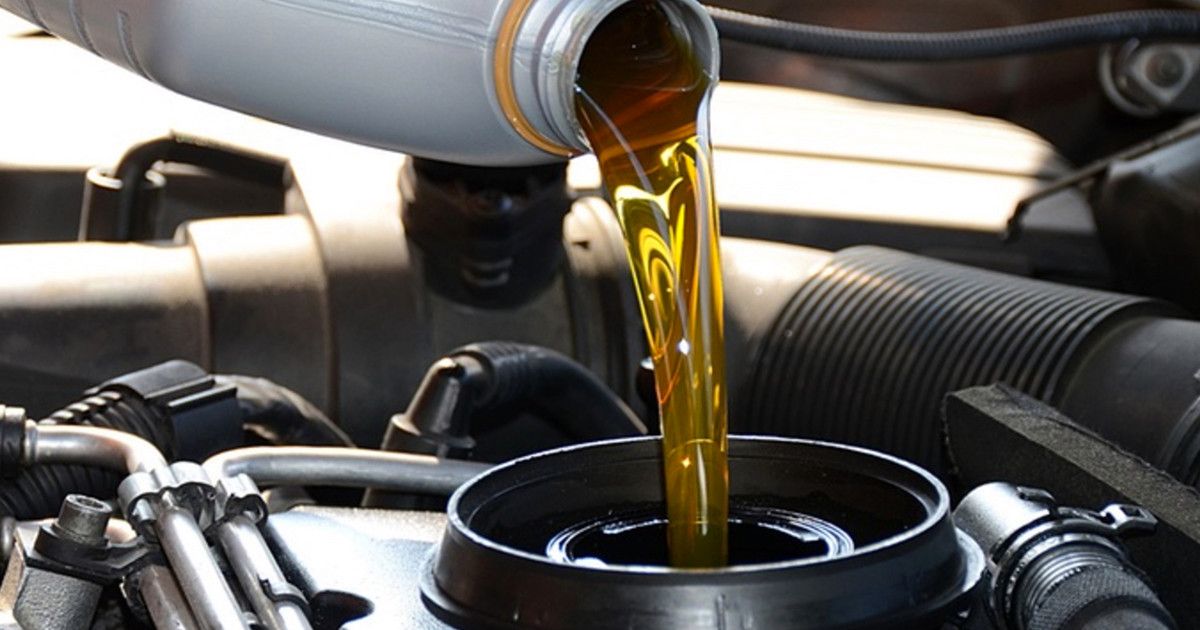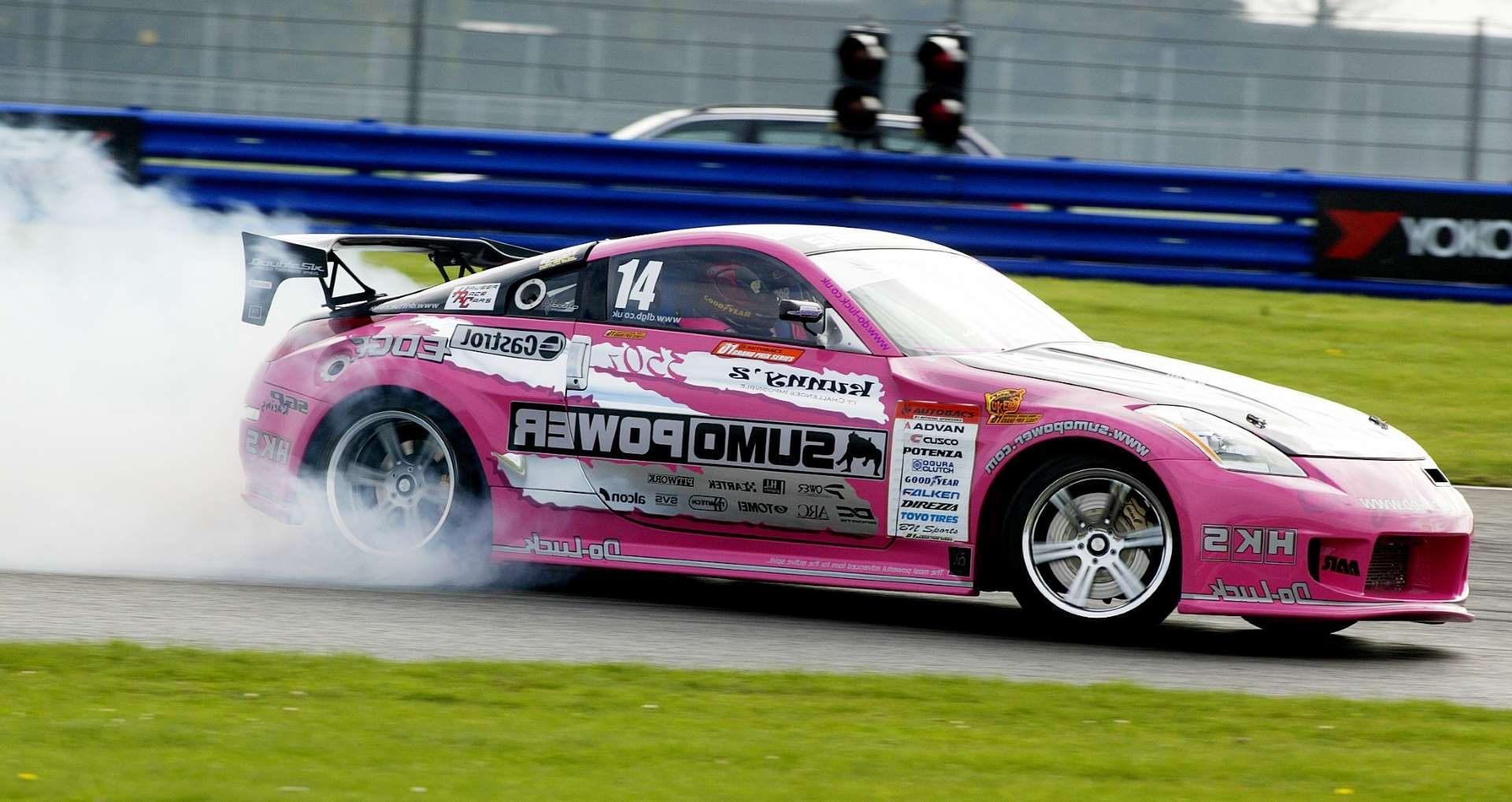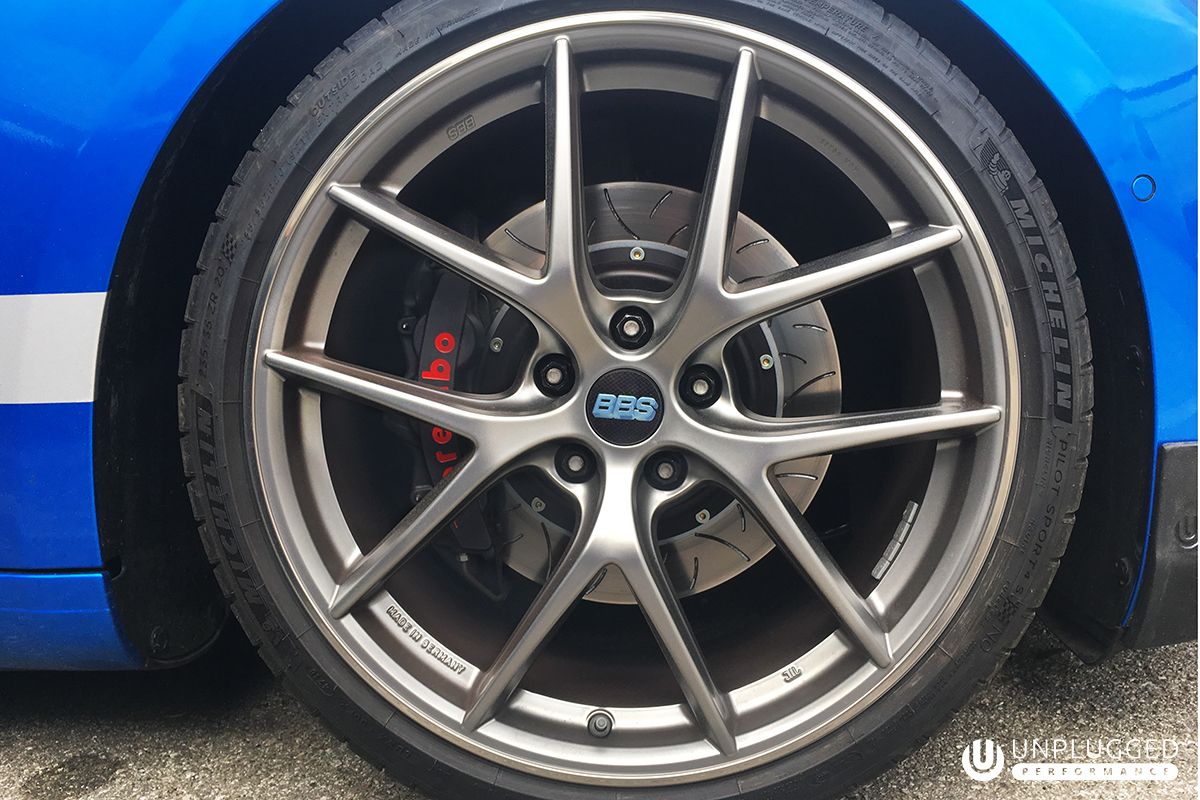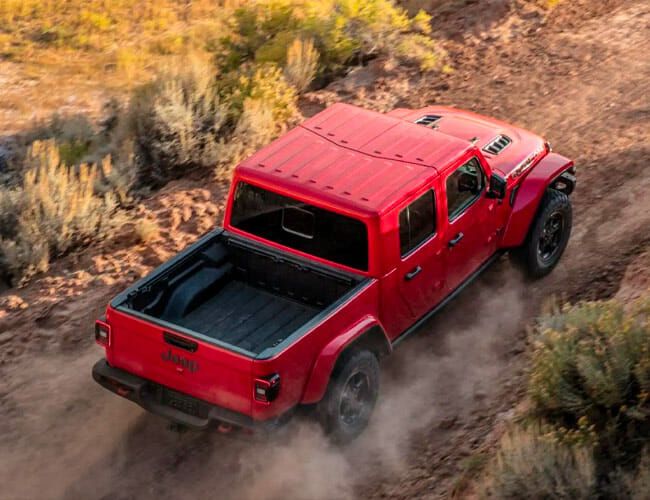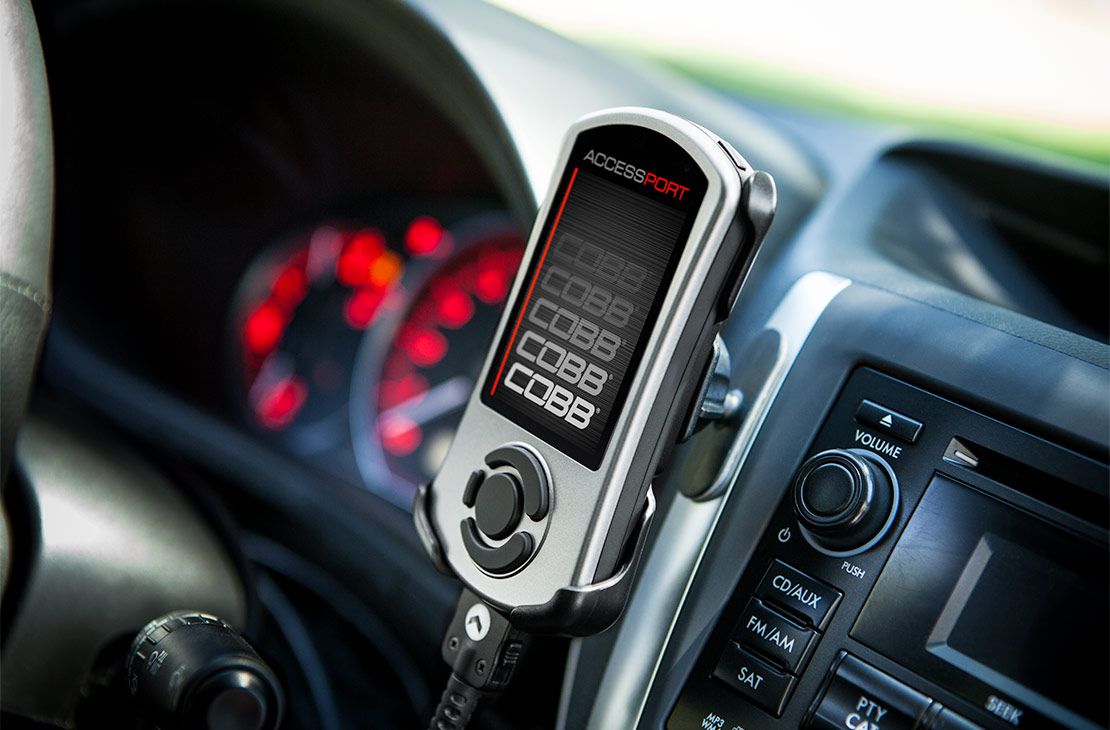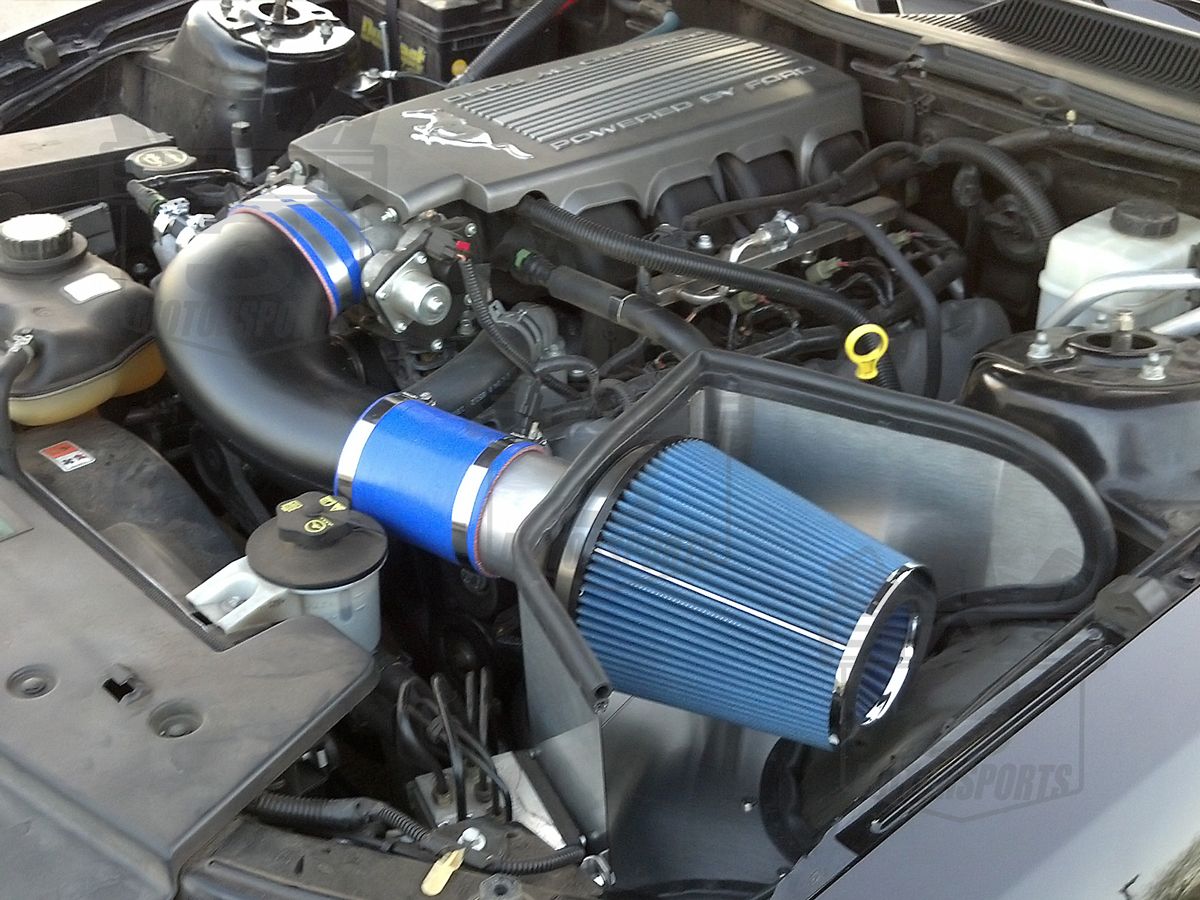An automotive aficionado is someone with a vastly greater interest in the workings of their vehicle and other vehicles than that of the normal person. Gearheads do not see their vehicle as simply a means of getting from point A to point B; they see it as a unique expression of them as a person. Of course, there is only a certain level of that uniqueness that can be achieved in a vehicle directly from the factory, so gearheads take it upon themselves to modify, expand on, or even remove certain elements of the factory models to make them more unique, and ever faster. Of course, serious modifications to a vehicle should never be done without the proper training or equipment, but here is a list of ten of the most common tips and bits of information regarding tuning virtually any car.
10 Stay On Top of General Maintainance
This should go without saying—and that's why it is the first point on the list—but the basic maintenance and upkeep of a vehicle is the foundation for any project undertaken in tuning it afterward. This includes, but is not limited to, performing routine oil and transmission fluid checks, making sure all vital temperatures are where they should be, and being aware of any noises and other oddities that the car may make out of the ordinary. This aspect also carries into how you treat the car as well, making sure to give it ample time to warm up after a cold start, and not excessively burning through oil.
9 Exterior Aesthetics Do Not Mean More Power
Although some exterior features may help a car overall, there are none on the market that directly increases the vehicle's power. So, no, bolting a gigantic wing to a trunk and getting a hood scoop will not necessarily make the car go any faster, although it may aid in downforce and air induction. Go for tasteful exterior modifications in the tuning process, things that compliment the original look of the vehicle while bolstering functionality, not inhibiting it. While throwing gull-wing doors on a 2005 Honda Civic may sound cool, it is a completely impractical modification that does not affect the car whatsoever, save be for maybe maneuverability in parking spots.
8 Never Forget The Chassis
Your car's chassis is one of its most key elements given that it quite literally holds the entire vehicle together. However, when building a high-powered car it is infinitely key to reinforce the stock chassis, as it is not designed to handle power in the long term beyond what it was tuned in the factory to do so. Chassis add-ons that will help reduce the amount of torsion caused by stressful acceleration include torque bars and sway bars. These metal rods often bolt directly to a chassis and allow the car reduced movement in one of its most key structural elements.
7 Upgrade Your Brakes!
When driving a powerful car it is imperative to always keep stopping power in mind. Not the stopping power of, say, a bullet from a gun, but the stopping power of your vehicle itself, meaning its ability to stop from high speed in the shortest amount of distance possible. Many manufacturers brag about their cars being able to stop in sub-one hundred foot spaces from high speeds, but if you're pushing your car even further than factory standards, it is important to also supplement your brakes aside from the engine. Ventilated disc brakes cool off easier under heavy braking, helping avoid disc damage such as warping. Although this is more expensive and often reserved for true racing cars, some owners may even opt for a ‘disc-disc’ conversion, which replaces rear drums with disc/caliper brakes.
6 Don't Overexert Your Suspension
A finely tuned and optimized suspension set up is key to your vehicle handling itself properly on any surface, and there are plenty of supplemental suspension upgrades to give drivers that little extra bit of handling when needed. Implementing stiffer springs and stiffer shock absorbers will make a world's difference when done in conjunction with other modifications on the road. The immediate change in driveability and ease of handling make suspension modifications a necessary but often overlooked aspect of vehicle modification.
5 The Stickier, The Better
Running a sticky tire compound is key for those who want their car to perform at its best on a track. Road tires are formulated for daily use and to be able to handle the often unpredictable nature of public roads, but dedicated extra sticky race tires are an awesome second set to have for your vehicle to throw on when you really want to test the limits. The stickier compound will allow the car to move better over the tarmac on a track while also providing an infinitely better level of grip and handling in corners and other tricky driving maneuvers.
4 Short-Shift Your Way To First
While this fact only applies to cars with manual transmissions, it is a significant one considering many sports cars are still offered with the third pedal. Despite some manufacturers toting factory short-throw kits and advanced manual gearbox setups, nobody knows better about racing transmissions than the aftermarket companies that build them, so investing in an even shorter throw kit could make rowing through gears infinitely easier for the driver under high-pressure circumstances. The short-throw kit can also be coupled with elements such as a staged clutch pedal/assembly and a hydraulic emergency brake for a full transmission overhaul.
3 Forced Induction
Perhaps the biggest "cheat code" in all of the car modification world is the implementation of forced induction. Simply adding a turbocharger or supercharger kit to a vehicle can take it from a docile ride to a true street sweeper. That is, of course, if the supplemental modifications aside from the unit itself are done as well.
2 Just Wipe The ECU
Many tuner cars have the ability to be ported to a standalone unit that can effectively rewrite the cars internal computer to produce more power or torque or what have you. Being that in 2019 most cars are largely computer-based, the simplest way to squeeze a little bit more power out of your vehicle is simply to have the onboard computer work differently. Add-ons such as the Accessport made for Subaru vehicles allows on-the-fly reprogramming of the ECU to make more power and torque virtually at the hit of a button.
1 Let It Breathe
These are most likely the first modifications done to tuner cars to prepare them for the previous nine methods mentioned, but this is nonetheless essential. When attempting to milk more power out of a vehicle, it is key to ensure that the engine has enough ability to breathe so that it can continue to put down the numbers you are evoking out of it. Modifications such as exhausts, catalytic converters, and intakes all help with the intake of air and diffusion of byproduct gases created by the engine that all can inhibit power. A good flow of cold air through the car from grille to exhaust is vital to a powerful engine's sustainability.

